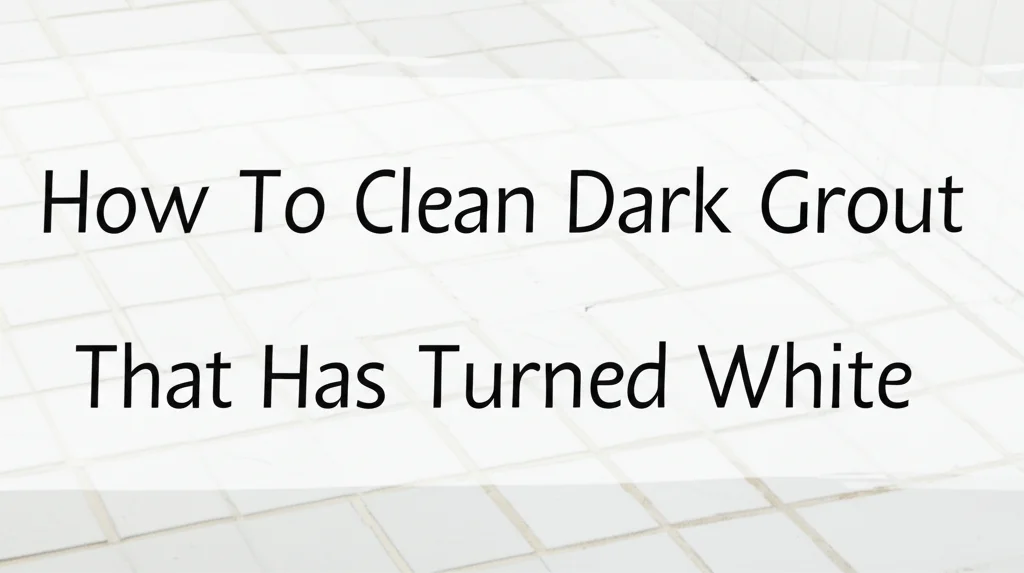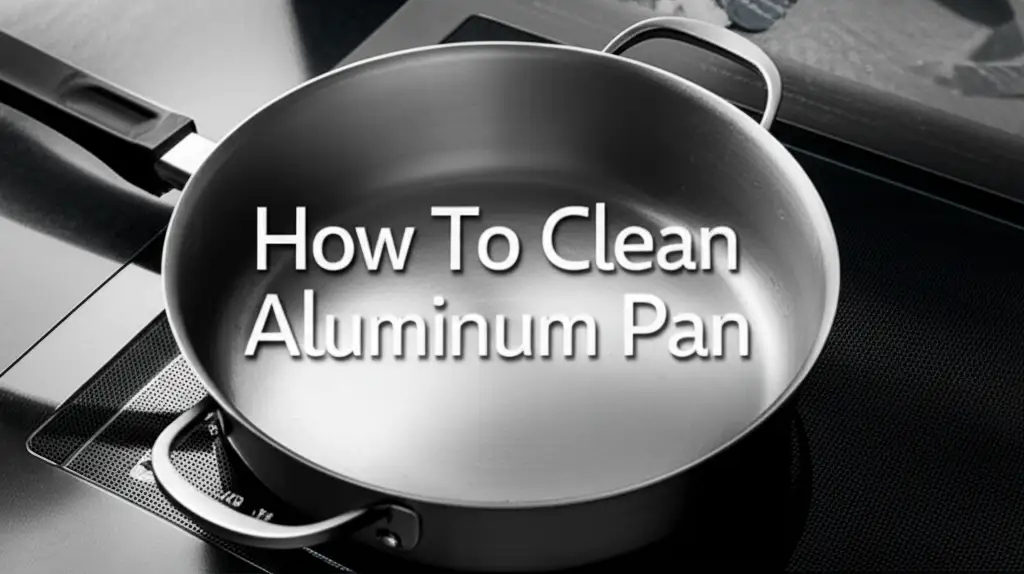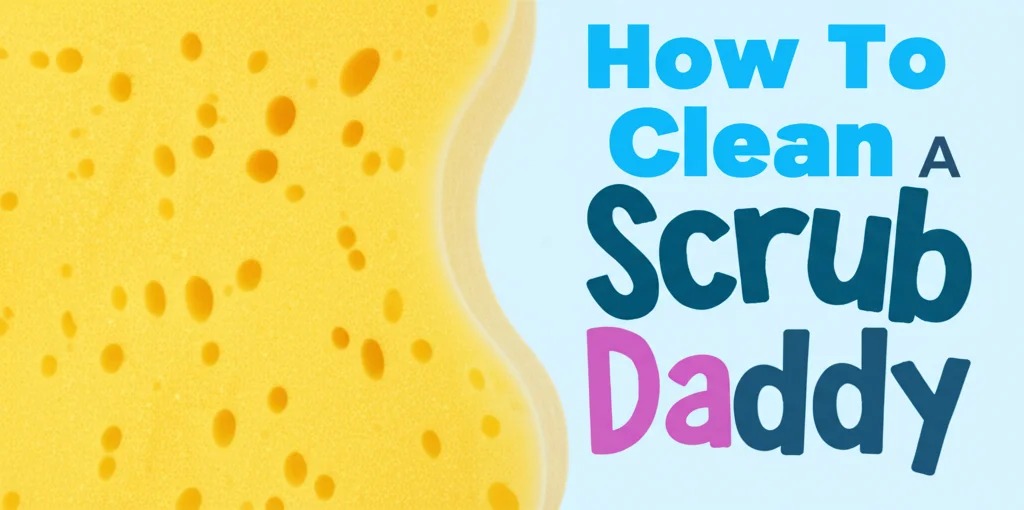· Cleaning Tips · 7 min read
How To Clean Dark Grout That Has Turned White

Why Does Dark Grout Turn White?
Have you noticed your once-rich, dark grout lines looking faded and white? It’s a common problem, and thankfully, not a sign of permanent damage. This color change usually happens because of mineral deposits from hard water, soap scum buildup, or even cleaning products themselves. Over time, these substances accumulate in the porous grout, creating a whitish film. Don’t worry, restoring your grout’s original color is achievable with the right techniques. This article will guide you through several methods to effectively clean dark grout that has turned white, bringing back the beauty of your tiled surfaces.
Here’s a quick answer: Dark grout turns white due to mineral deposits, soap scum, and cleaning product residue. Cleaning with a baking soda paste, vinegar solution, or commercial grout cleaner can restore the original color.
Takeaway:
- Identify the cause of the discoloration.
- Start with gentle cleaning methods.
- Protect yourself with gloves and ventilation.
- Regular cleaning prevents future discoloration.
Understanding Grout and Why It Discolors
Grout is the material used to fill the spaces between tiles. It’s typically made of cement, sand, and water, making it porous and susceptible to staining. Different types of grout exist, including sanded and unsanded, epoxy, and cementitious. The type of grout impacts how easily it discolors and the best cleaning methods to use. Darker grout colors, while visually appealing initially, show discoloration more prominently than lighter shades.
Understanding the composition of your grout is key to choosing the right cleaning solution. For example, acidic cleaners like vinegar can etch away at cementitious grout over time, so using them sparingly is important. Epoxy grout is more stain-resistant but can still accumulate grime. Regular cleaning and sealing can help protect your grout and prevent discoloration.
The Power of Baking Soda and Water
Baking soda is a gentle abrasive and a natural deodorizer, making it an excellent first step in cleaning white-looking dark grout. It’s effective at lifting dirt and grime without causing significant damage. To create a cleaning paste, simply mix baking soda with a small amount of water until you achieve a thick consistency.
Here’s how to use it:
- Apply the paste to the discolored grout lines.
- Let it sit for 5-10 minutes.
- Scrub with a stiff-bristled brush (an old toothbrush works well!).
- Rinse thoroughly with water.
For stubborn stains, you can add a few drops of dish soap to the paste for extra cleaning power. This method is safe for most types of grout and is a great starting point for tackling discoloration. You can find more information on general cleaning tips at https://www.beacleaner.com/how-to-clean-bathroom-floor-without-mop/.
Vinegar: A Natural Discoloration Fighter
Vinegar, with its acidic properties, is a powerful tool for dissolving mineral deposits and soap scum. However, it’s crucial to use it cautiously, especially on cementitious grout, as prolonged exposure can cause damage. Always dilute vinegar with water – a 1:1 solution is generally recommended.
Here’s how to use a vinegar solution:
- Mix equal parts white vinegar and water in a spray bottle.
- Spray the solution onto the grout lines.
- Let it sit for 5-10 minutes.
- Scrub with a stiff-bristled brush.
- Rinse thoroughly with water.
Avoid using vinegar on natural stone tiles, as it can etch the surface. If you’re unsure about your tile type, test the solution in an inconspicuous area first. Remember, proper ventilation is essential when working with vinegar. If you’re looking for more information on cleaning solutions, check out https://www.beacleaner.com/what-is-the-best-homemade-tile-grout-cleaner/.
Commercial Grout Cleaners: When to Use Them
When baking soda and vinegar aren’t enough, commercial grout cleaners can provide a more powerful cleaning solution. These cleaners often contain stronger chemicals designed to break down stubborn stains and grime. Always read and follow the manufacturer’s instructions carefully, and wear gloves and eye protection.
There are different types of commercial grout cleaners available:
- Oxygen Bleach Cleaners: These are effective at brightening grout and removing stains.
- Acid-Based Cleaners: These are powerful but should be used with caution, as they can damage certain types of grout and tile.
- Enzyme Cleaners: These use enzymes to break down organic matter, making them effective against mold and mildew.
Before applying a commercial cleaner to the entire area, test it in an inconspicuous spot to ensure it doesn’t damage the tile or grout. You can also find helpful tips on maintaining your floors at https://www.beacleaner.com/how-to-clean-luxury-vinyl-plank-flooring/.
The Steam Cleaning Approach
Steam cleaning is a fantastic, eco-friendly way to clean dark grout that has turned white. The high-temperature steam penetrates the grout pores, loosening dirt, grime, and mineral deposits without the need for harsh chemicals. A steam mop with a grout cleaning attachment is ideal for this task.
Here’s how to steam clean your grout:
- Attach the grout cleaning attachment to your steam mop.
- Fill the steam mop with water.
- Slowly move the steam mop along the grout lines, allowing the steam to work its magic.
- Wipe away any loosened dirt with a clean cloth.
Steam cleaning is safe for most types of tile and grout, but always check the manufacturer’s instructions for your specific steam mop and tile. It’s also a great way to sanitize your floors. If you’re curious about steam cleaning and its effects on grout, you might find this article helpful: https://www.beacleaner.com/does-steam-clearing-damage-grout/.
Preventing Future Discoloration: Sealing Your Grout
Once you’ve successfully cleaned your dark grout, the best way to maintain its color is to seal it. Grout sealer creates a protective barrier that prevents dirt, grime, and moisture from penetrating the grout pores. This makes cleaning easier and helps prevent future discoloration.
Here’s how to seal your grout:
- Ensure the grout is completely clean and dry.
- Apply the grout sealer according to the manufacturer’s instructions.
- Allow the sealer to dry completely before using the tiled surface.
Grout sealer typically needs to be reapplied every 1-2 years, depending on usage and wear. Regular sealing is a small investment that can save you a lot of time and effort in the long run. You can also learn about other floor care tips at https://www.beacleaner.com/how-to-clean-hardwood-floors-with-vinegar/.
FAQ About Cleaning Dark Grout
Q: Can I use bleach to clean dark grout?
A: While bleach can brighten grout, it’s not recommended for dark grout. Bleach can fade the color and potentially damage the grout. It’s best to stick to gentler cleaning methods like baking soda, vinegar, or commercial grout cleaners specifically designed for dark grout.
Q: How often should I clean my grout?
A: Regular cleaning, at least once a month, can prevent significant discoloration. Wipe up spills immediately and perform a deep cleaning every 3-6 months.
Q: What’s the best brush to use for cleaning grout?
A: A stiff-bristled brush, like an old toothbrush or a grout brush specifically designed for cleaning grout lines, is ideal. Avoid using metal brushes, as they can scratch the tile.
Q: Will cleaning products damage my grout?
A: Some cleaning products, especially those containing harsh chemicals or acids, can damage grout. Always read the manufacturer’s instructions and test the product in an inconspicuous area first.
Q: Is it possible to re-dye grout?
A: Yes, grout can be re-dyed. Grout colorants are available to restore the original color of faded grout. This is a more involved process but can be a good option if cleaning doesn’t fully restore the color.
Bringing Back the Beauty of Your Tile
Cleaning dark grout that has turned white doesn’t have to be a daunting task. By understanding the causes of discoloration and using the right cleaning methods, you can restore your tile’s original beauty. Remember to start with gentle cleaning solutions, protect yourself with gloves and ventilation, and consider sealing your grout to prevent future discoloration. With a little effort, you can keep your tiled surfaces looking their best for years to come. Don’t hesitate to explore other cleaning solutions and tips available at https://www.beacleaner.com/ to maintain a sparkling clean home.
- grout cleaning
- tile cleaning
- white grout
- dark grout
- bathroom cleaning
- kitchen cleaning




